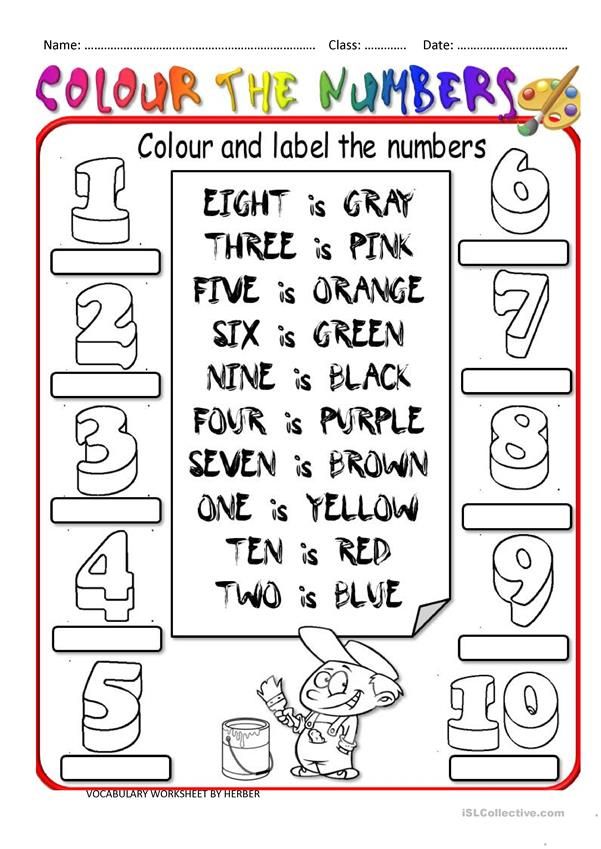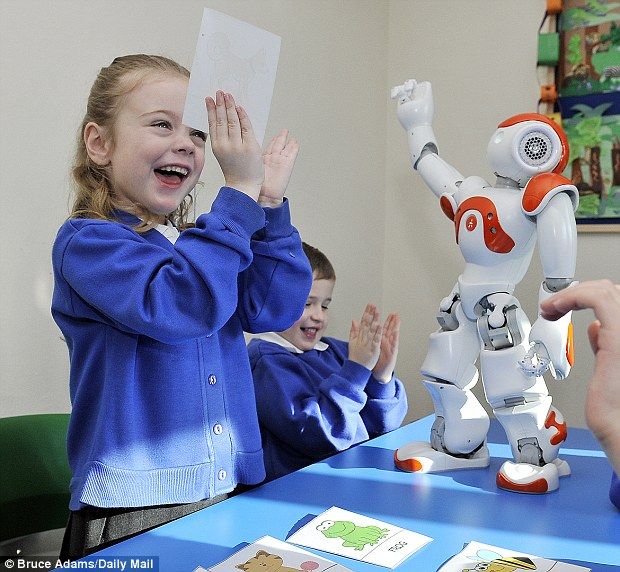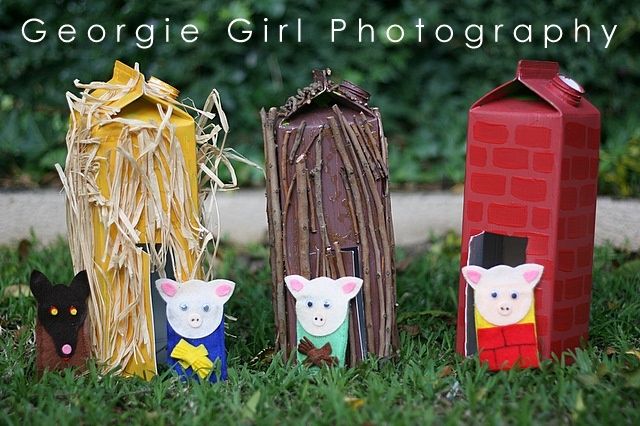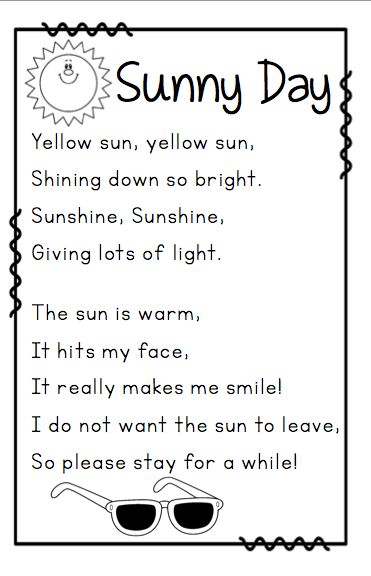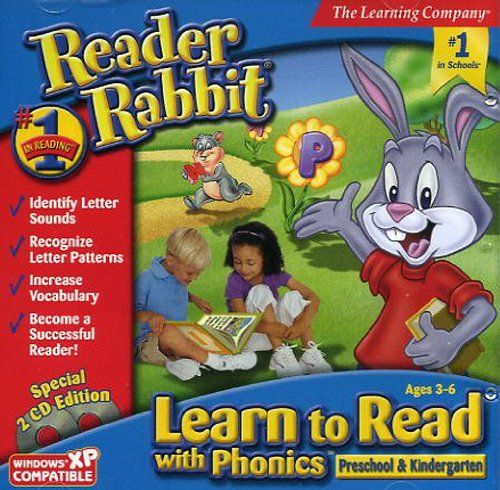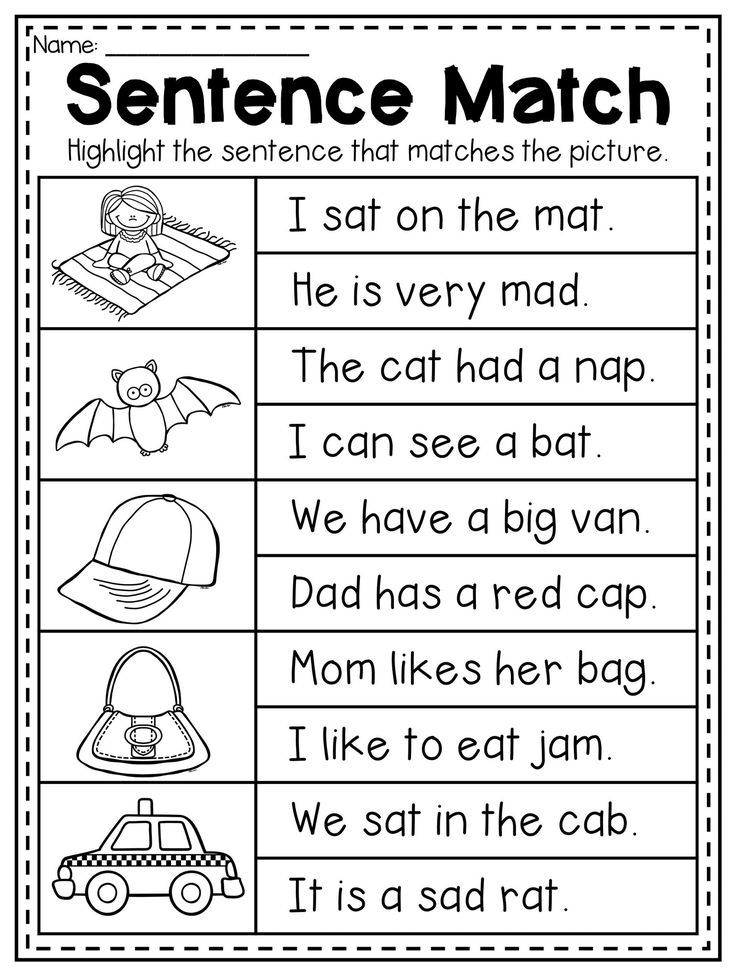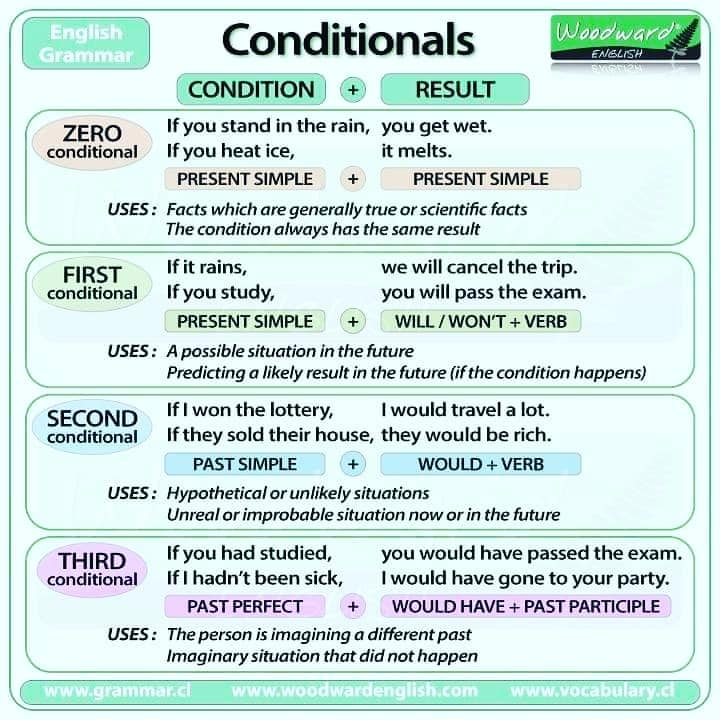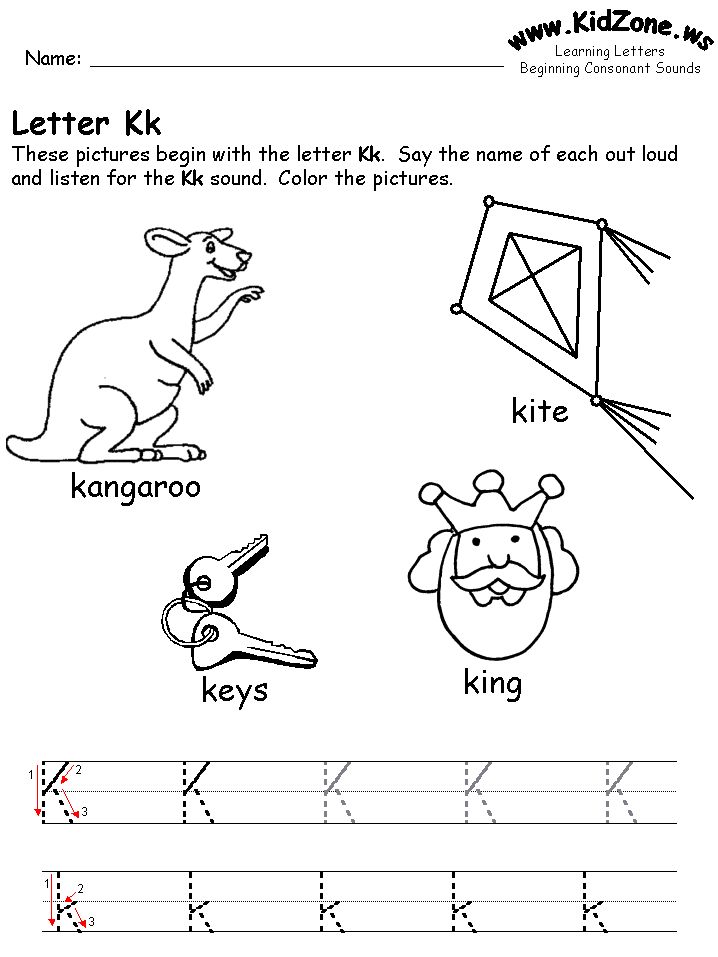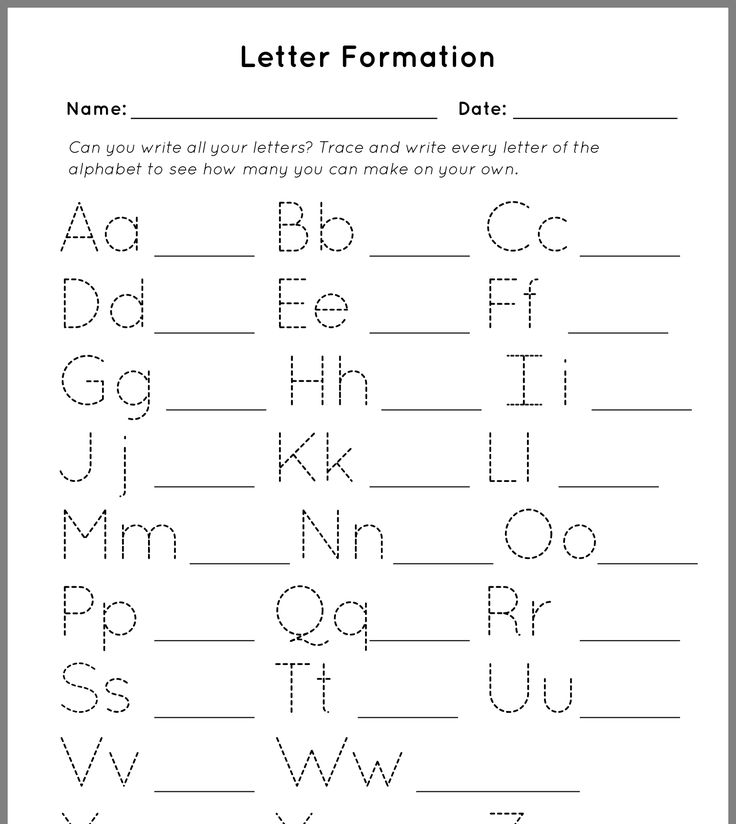Colour for children
What Colors Help Children Learn?
Colors are everywhere. They are part of our language and our culture, and they are a big part of what we learn. In addition, they help determine how we learn. Not only do colors send signals to the brain to make us hungry or calm, but they also have the power to distract a child or enhance a child's learning potential.
For instance, young children are attracted to warm, bright colors, while elementary-aged children prefer tints and pastels. Middle school children enjoy colors like greens and blues, while high school students prefer darker colors like burgundy, gray, navy, dark green, and violet.
Although many homeschool families can't afford to redecorate their entire house, perhaps a fresh coat of paint may be in order as you consider these facts about the human body's response to color:
• Blue increases productivity. Cool hues cause the body to produce calming chemicals that actually slow down a person's heart rate, revealing the meaning behind the hospital term "cardiac blue. "
• Red stimulates brain activity, often triggers hunger, and attracts attention. However, if overused, it can be very distracting. Red is known to increase one's heart rate.
• Green is very relaxing and is associated with nature, creativity, and fertile thinking.
• Yellow is a difficult color for the eye to see. It heightens concentration, but it also can be very overpowering. Children like it as infants, but they grow less fond of it as they get older.
• Purple is not readily found in nature, but children usually prefer it.
• Black, brown, and gray are seldom chosen as a child's favorite. Fear and defiance may be indicated in a child's emotional life if they use these colors in excess.
• Black and white as a color scheme lowers a child's IQ and dulls learning.
• Bold reds and oranges may increase a child's IQ as much as 12 points by attracting a child's attention to details.
• The ranking of color preference internationally is blue, followed by red, green, violet, orange, and yellow.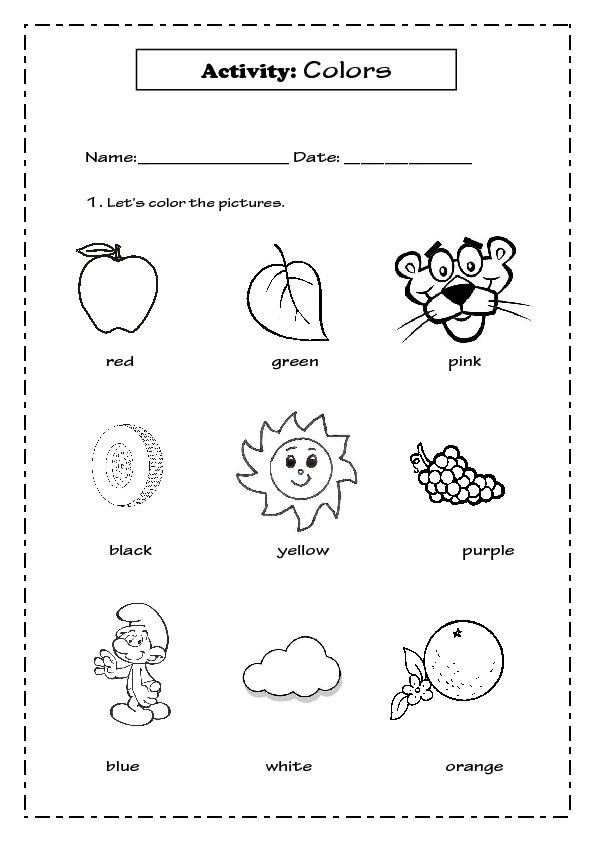
• Small children naturally prefer luminous colors like red, orange, yellow, and pink.
• Reading comprehension increased 80% in dyslexic children when using a blue or gray overlay on the page.
Along with having the right color in your child's learning environment, it's also important to incorporate color into your daily lesson plans and activities. Because children remember colors better than verbal cues, combining lesson content with colorful visuals can improve your child's memorization. Choosing Christian homeschool curriculum like the brightly illustrated Horizons from Alpha Omega Publications will improve your child's cognitive retention.
In short, if you want your child to learn better, consider the power of color. Because 80% of the brain receives information visually, be sure to incorporate the element of color as you homeschool and paint the perfect picture for your child's educational future.
Colors for Kids: Teaching Colors to Children
Children usually learn about color during their preschool years.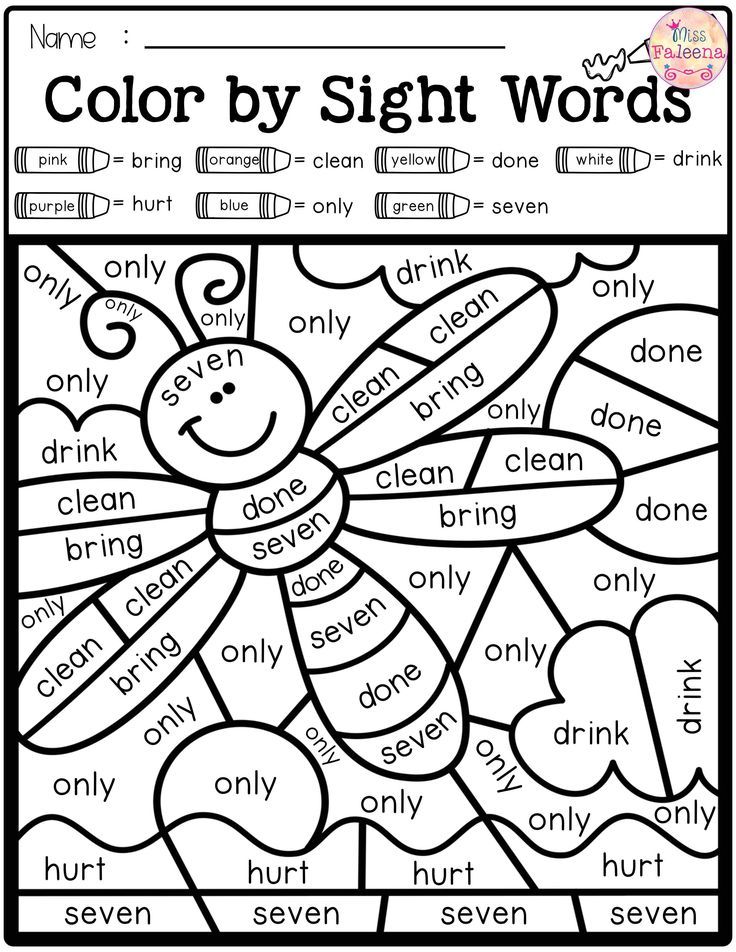 The ability to identify colors is considered a marker and milestone in a child’s cognitive process and is often part of early screening for development and educational admittance. Recognizing the colors and identifying the color names is an important part of a child’s development. Early identification of colors helps to create the cognitive link between visual clues and words.
The ability to identify colors is considered a marker and milestone in a child’s cognitive process and is often part of early screening for development and educational admittance. Recognizing the colors and identifying the color names is an important part of a child’s development. Early identification of colors helps to create the cognitive link between visual clues and words.
Tips on Teaching Children Colors
Children need to first acquire informational pieces before they can begin to understand color as a concept. It might seem simple as blue is blue, before the concept of color is understood. Children don’t have the ability to understand that light blue and navy are both blue and they also lack the verbal skills to explain that to you. Along with learning what each color is called, children need to understand what color represents; it’s not size, nor shape, nor the name of the object, nor the texture, not the number of things showing. Constant repetition and expanding on what colors are and what they are not will help any child understand what the actual word color means.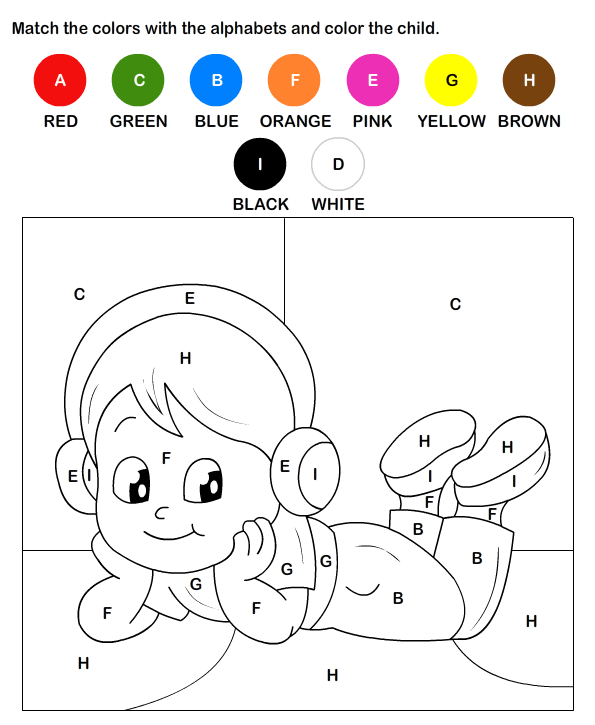
After that, teaching colors to children is usually easy. Children are naturally attracted to bright colors, which is why most toys and activities geared towards younger children, including toddlers and babies, are brightly colored. During the preschool years, children have a natural affinity to understand their world around them. Surrounded by a world of color it is easy to use daily opportunities to discuss colors. Of course, since teaching color recognition to children is so important, there are many tools that can be used by parents and educators alike to help children learn about color.
Learning About Colors Through Children’s Books
There are numerous children’s books to teach children about color form. The “chunky books” such as the “Happy Baby” series that usually mark a baby’s first “reading” experience, are books that are very educationally minded. Like toys geared for children, children’s books are a natural opportunity to not only teach children the differences between the colors and to identify them, but to also forget that connection between the written words and the colors they represent.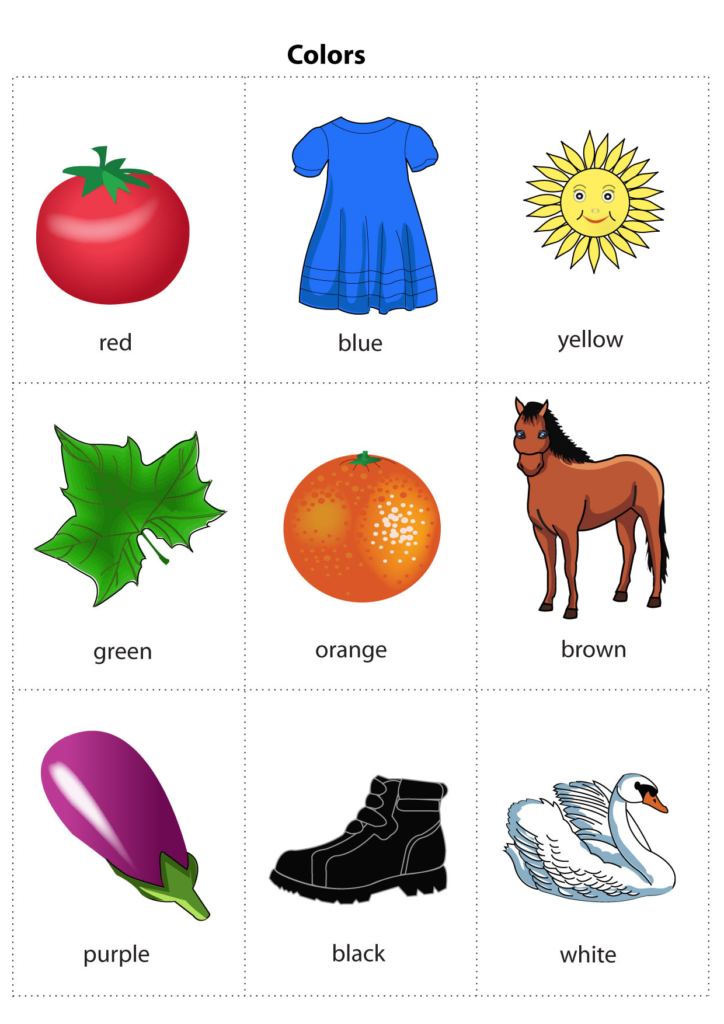 The best children’s books to teach color combine a child’s interest, with a great story, and colorful illustrations making reading experience completely enjoyable. Children’s Book Guide.com has a great list of children’s books that will provide many opportunities for parents and educators to teach color to children without them even realizing that a lesson is at hand.
The best children’s books to teach color combine a child’s interest, with a great story, and colorful illustrations making reading experience completely enjoyable. Children’s Book Guide.com has a great list of children’s books that will provide many opportunities for parents and educators to teach color to children without them even realizing that a lesson is at hand.
One of our favorites from the list is Eric Carles’ “Brown Bear, Brown Bear, What Do You See” Considered a staple in many a preschool classroom, this classic has been a must have for children learning about color since its publication as Carle’s first illustrated children’s book in 1967. Republished in 2007, “Brown Bear, Brown Bear, What Do You See” is not the only one of Carle’s books that can be used to teach children colors. Known for his creative use of collage in his illustrations, Carle’s books go past a more generic use of flat colors, and allow children to experience nuance, patterns and a range of shades all in one color.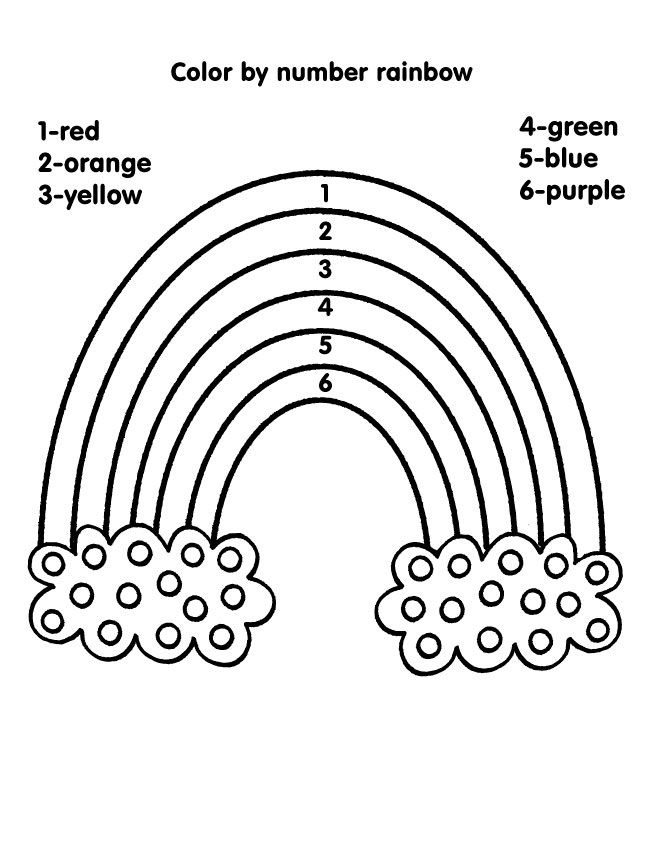
Games that Teach Children About Color
Along with books, many games use color in part to make them attractive to children while teaching them about color.
The classic children’s game, Candyland, is often a child’s first board game because of its use of color. Naturally appealing with its sugar coated fantasy, the board game doesn’t use a counter or dice, but color cards that dictate the child’s next move on the board. Along with color matching, Candyland also teaches counting skills, strategy, social skills and spatial reason to young children.
Color matching memory games are another way to induced color learning to children with a game. Based off the typical matching game of remembering where two like cards are to make a pair, preschool children have to compare colors and match the same ones together to win. Another game geared towards teaching child to match colors is dominoes. By removing the dots that require counting and increasing the size, Jumbo Color Dominoes.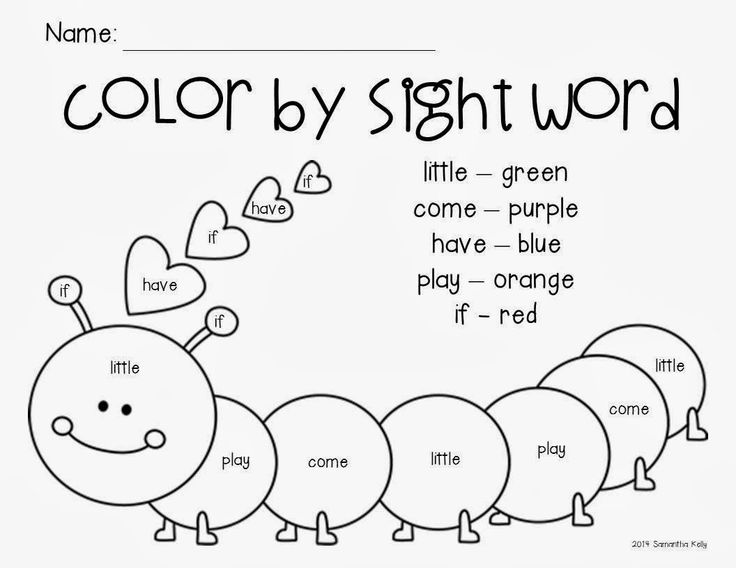
Children Learning with Colors Flashcards
Since learning colors is such an important part of every child’s early education, schools and parents often turn to the more educational minded color flashcards. Color flashcards run a range from just focusing on color to inducing the words along with color as pre reading skills. Often color flashcards use shapes and teach basic counting skills along with color recognition. There are many different kinds of flashcards geared towards teaching children about color. They can be purchased directly, downloaded and printed form online sources, or crafty parents can even make their own with color card stock.
Teaching Kids Color Online:
While so many of the tools used to teach children about colors are “classic” the internet and online games have also provided excellent opportunities for children to learn about colors. Some online color education tools focus on specific color skill like color recognition, matching and color concentration and might require the child to have some reading ability.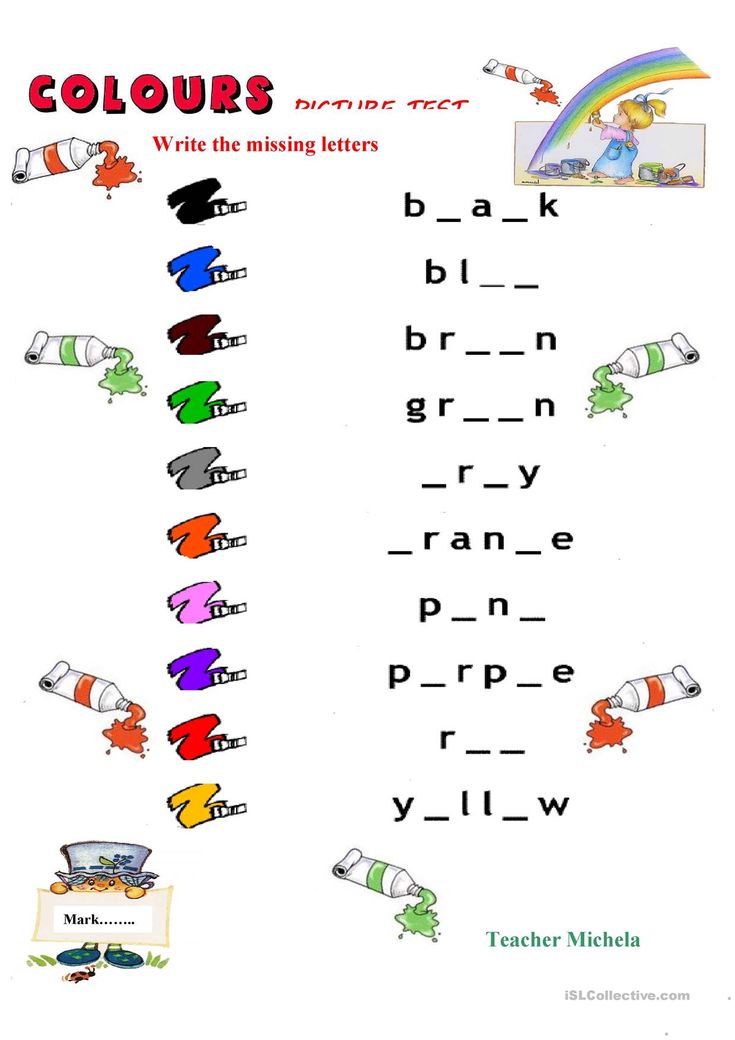 Other’s such as Fishers Price’s Color and Shape game plays more like an interactive video and requires the very basic computer skills.
Other’s such as Fishers Price’s Color and Shape game plays more like an interactive video and requires the very basic computer skills.
Teaching Color to Children Everyday
Of course, since color is a part of everyday life, there are many opportunities to teach children about color during every day living. One way to teach children about color is to pick a new color each week and completely focus on that color with your food choices, activities, etc.
So, no matter what color you pick for the week, enjoy bringing the beauty of color to a young person while you teach a child about color. Do you have a favorite book or game that teaches color? We would love to hear your recommendations.
Posted by Albert Munsell.
The influence of color on the psyche of children, the psychology of color in a child
Surely you have noticed that if a child likes a certain color, he chooses it in everything. Clothes, toys, accessories, and even balloons or ice cream should be in your favorite color.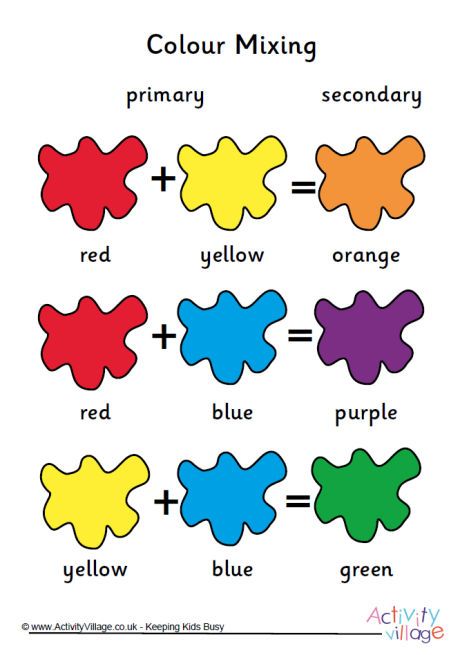 And nothing can be done - such a period.
And nothing can be done - such a period.
In fact, children are instinctively drawn to those colors that are most pleasing and useful to them at this stage of development. Scientists have proven that colors have the ability to have a powerful effect on the psyche. This is especially true for children, because the visual perception of the child helps him to know the world. Color can bypass the “barrier” from our consciousness and act on an unconscious level. This property is used in alternative medicine - color therapy.
How color affects the child's psyche
The action of color can calm or invigorate, cheer up and relieve tension. In addition, color can enhance brain activity, affect the intelligence and self-esteem of the baby. That is why it is worth taking seriously the choice of colors for a child's room or wardrobe. A well-chosen combination will stimulate the development of the child, create an atmosphere of harmony, and also contribute to the formation of good taste.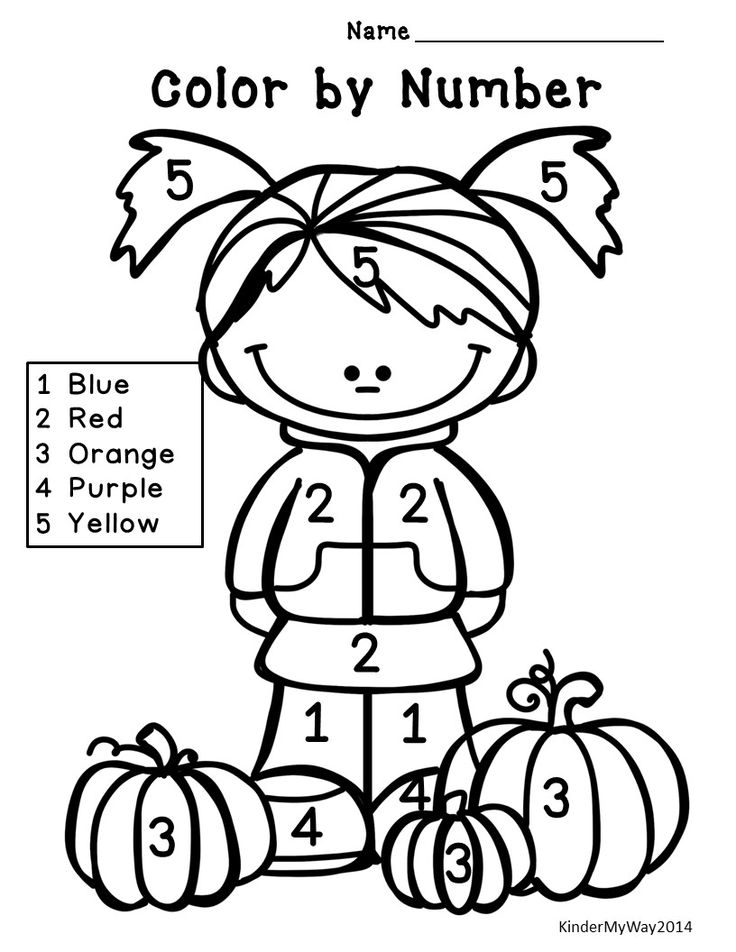
Each color has its own characteristics. What shades are most favorable for children? Let's figure it out.
WHITE
This color is considered neutral. By itself, it is not capable of evoking bright positive or negative emotions, but is a background for other shades. As a rule, children do not choose white as their favorite, but it is always present in clothes. An integral part of the wardrobe is stylish white T-shirts with inscriptions and drawings, classic shirts and blouses.
White is perfect for newborns, symbolizing tenderness and innocence.
As for the child's room, white is preferred for the ceiling and the top of the walls. Dark tones can cause a depressed state or even depression.
BLUE
Until recently, it was considered an exclusively male color. And to this day, passers-by, seeing a baby in blue, confidently say: “What a cute boy!”. Fortunately, modern manufacturers of children's clothing and interior items are moving away from stereotypes, successfully using different colors in collections for boys and girls.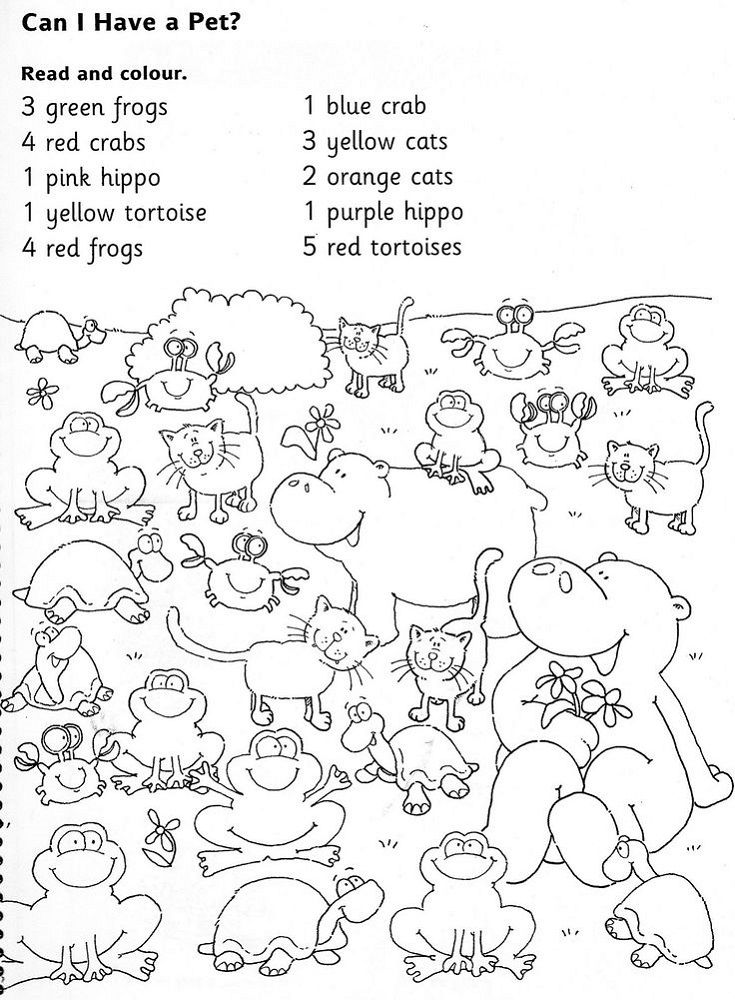
Blue and all shades of blue are associated with the sea, the sky - something boundless, strong and peaceful. Contemplation of the blue color calms, reduces pressure and temperature, dulls pain. In addition, it is good for the eyes and has an awakening effect in the morning due to its "coolness". This color is considered a shade of courage and strength, well suited for decorating children's rooms.
GREEN
The variety of its shades is striking and pleasing to the eye: emerald, light green, olive and khaki. The color of nature and life itself. Associated with growth, development and prosperity.
The psychology of the green color is as follows: it helps to relax, calm down, arouse interest in understanding the world, pacifies nerves and blood pressure. If your child is already calm and balanced, then do not be zealous with green. Perhaps you should consider more "disturbing" shades.
PINK
Of course, we cannot ignore the favorite color of little princesses.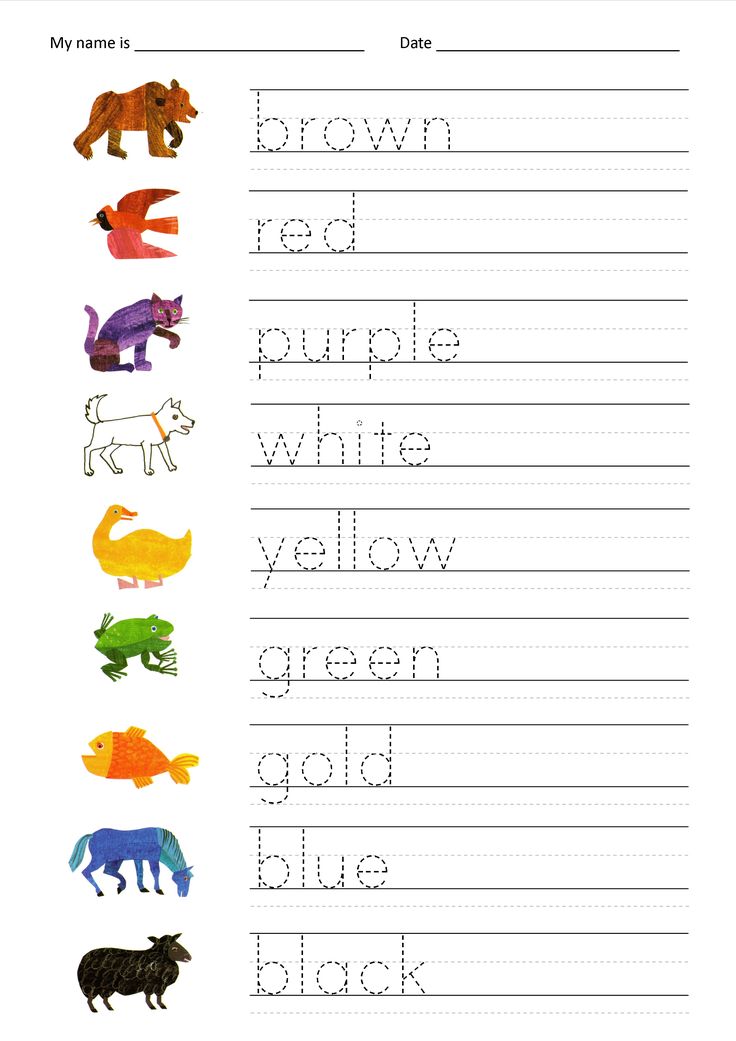 If you have a daughter, you probably remember how, with her birth, pink objects slowly but surely began to fill the house. At first it was the first blanket and ribbon on the envelope for discharge from the hospital. Then bodysuits and sliders, rattles and bottles began to appear. Later - pink dresses, hair clips, bracelets and handbags.
If you have a daughter, you probably remember how, with her birth, pink objects slowly but surely began to fill the house. At first it was the first blanket and ribbon on the envelope for discharge from the hospital. Then bodysuits and sliders, rattles and bottles began to appear. Later - pink dresses, hair clips, bracelets and handbags.
When the baby moved to a separate room, she demanded pink wallpaper, a crib and a chest of drawers. No other options, of course, were considered. A similar period happens in the life of almost every girl. In part, we impose this stereotype ourselves. After all, everyone knows that boys are blue, and girls are pink.
Someone is afraid of pink madness, but excitement is unnecessary here. Firstly, the color itself has a beneficial effect on the emotional state of children. It calms, improves mood, encourages creativity. Secondly, there are many shades of pink: from cold and restrained to bright fuchsia. Dilute pink with neutral gray for a noble combination that is great for a child's room.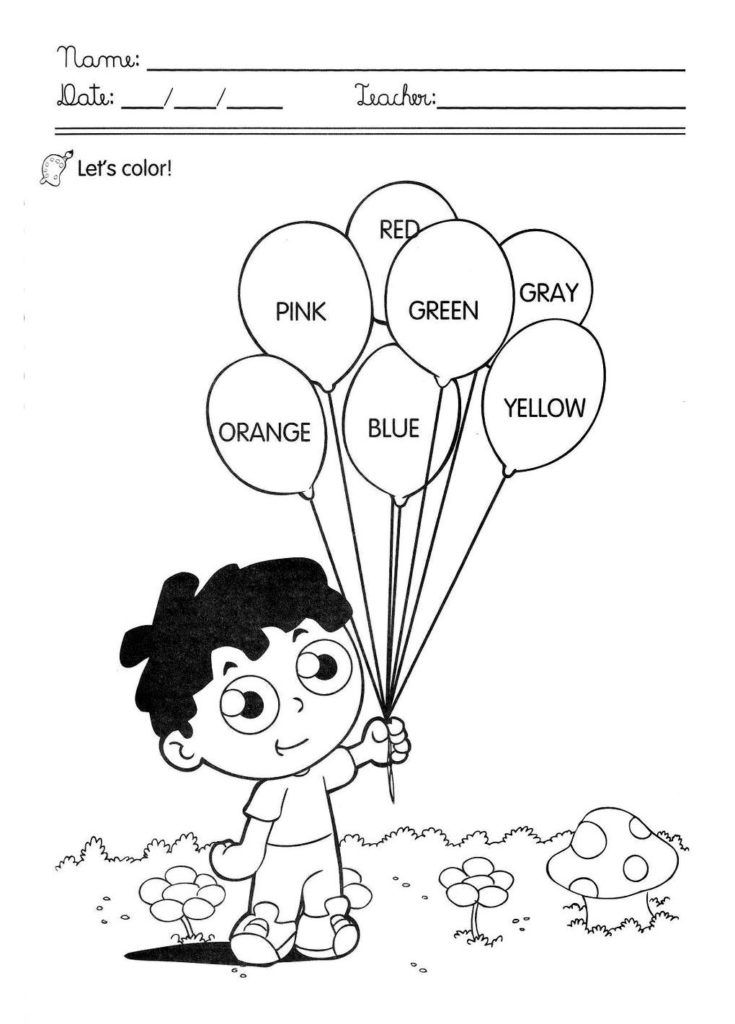 And finally, love for this color, as a rule, passes with age.
And finally, love for this color, as a rule, passes with age.
RED
Perhaps the most exciting color. It burns like a flame or the sun at sunset, attracts attention and arouses interest. Red is able to cheer up even the most calm children. The color of leadership and energy. This color causes activity, mobility, appetite and interest in learning.
It has to be used carefully. Small bright accents in the interior or wardrobe are acceptable and even welcome. But prolonged contemplation of red can lead to excessive excitability, sleep disturbance and aggression.
YELLOW
No less bright than red, but at the same time it has a completely different effect on the human psyche. Yellow is associated with sunlight, fluffy chicken, fragrant lemon and a warm autumn day. It soothes, warms and uplifts the mood. This color is able to defeat depression and blues. It does not have an exciting effect, but gently stimulates.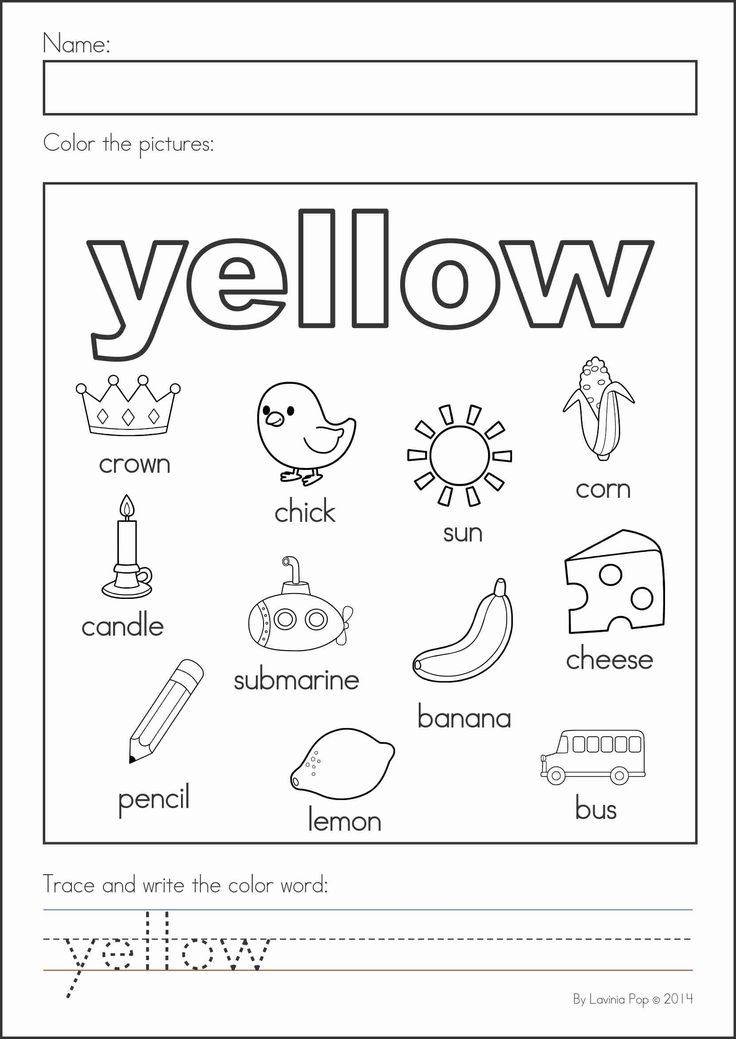
Yellow items are great for children's interiors. This shade improves brain activity, promotes learning and the development of intuition, and also gives joy. Yellow is almost perfect, but overly excitable people should be careful with it.
ORANGE
Another juicy color that gives mood. It has the freshness of orange juice, the brightness of summer flowers and sunlight. Orange is the color of energy, expression, extraversion. He is impulsive and invigorating.
The action of the orange color stimulates the child's communication skills, knowledge of the world, as well as appetite. If the baby is shy and not very active, orange can help. Add brightness to the interior or wardrobe, and the effect will not keep you waiting. In addition, orange ensures the healthy functioning of all body systems, and also strengthens psycho-emotional stability. An indispensable color for children's environment.
PURPLE
Imagination draws lilac and lavender, delicate violets and shades of sunset. Deep and even intelligent color. It is a symbol of spiritual development and enlightenment.
Deep and even intelligent color. It is a symbol of spiritual development and enlightenment.
The use of purple in the interior of the room has a beneficial effect on the psyche of the child. Gives a feeling of peace, enhances empathy and intuition. The strength of this color is in harmony. Purple is liked by both girls and boys, so feel free to make a choice in its favor.
TURQUOISE
This shade gives us the sea, a bright sky on a sunny day, jewelry with turquoise. Pleasant to the eye, refreshing, invigorating.
This color promotes creativity and self-expression, calms, but at the same time gently stimulates to action. The use of turquoise color is possible both in the wardrobe of boys and girls. Great for a child's room, uplifting and relaxing.
GRAY
At first glance, it may seem bleak and dull. We call gray a rainy day, clouds in the autumn sky or a bad mood. In fact, the effect of gray on a person is very beneficial. It instills confidence, reassures.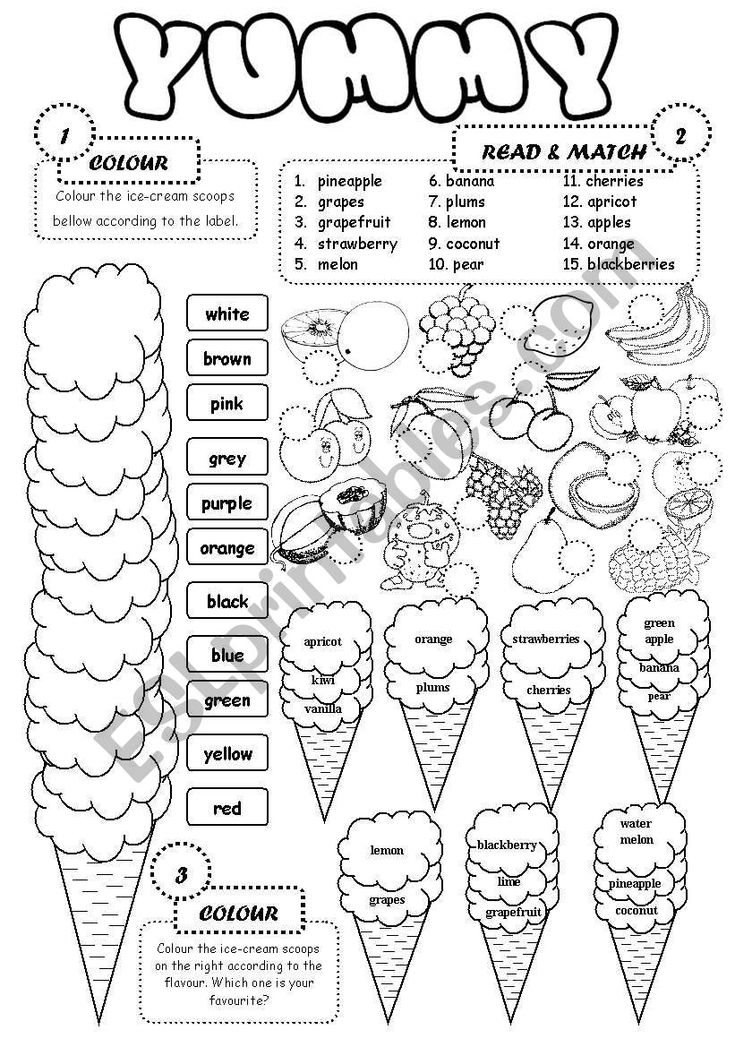 Gray perfectly dilutes brighter colors in the interior or wardrobe.
Gray perfectly dilutes brighter colors in the interior or wardrobe.
Does your daughter like lots of pink? Add discreet gray to it and get a noble combination. This color harmoniously looks with many rich shades, calming them. Do not be afraid of gray, but it is not advisable to overdo it.
HOW TO APPLY KNOWLEDGE ABOUT COLORS
As you can see, having studied the psychology of color, you can carefully influence the psyche and mood of the child. Some shades soothe and relax, others invigorate and give strength. When choosing a color, be guided by the temperament and character of the children, and also take into account their biorhythms and condition at a particular point in time.
For example, in the morning we all lack vigor. Serve your little one breakfast on an orange plate and you'll energize them for the day ahead. But in the evening it is better to listen to fairy tales, wrapped in a soft green blanket.
For walks on a gloomy autumn day, wear boots and a raincoat in rich colors.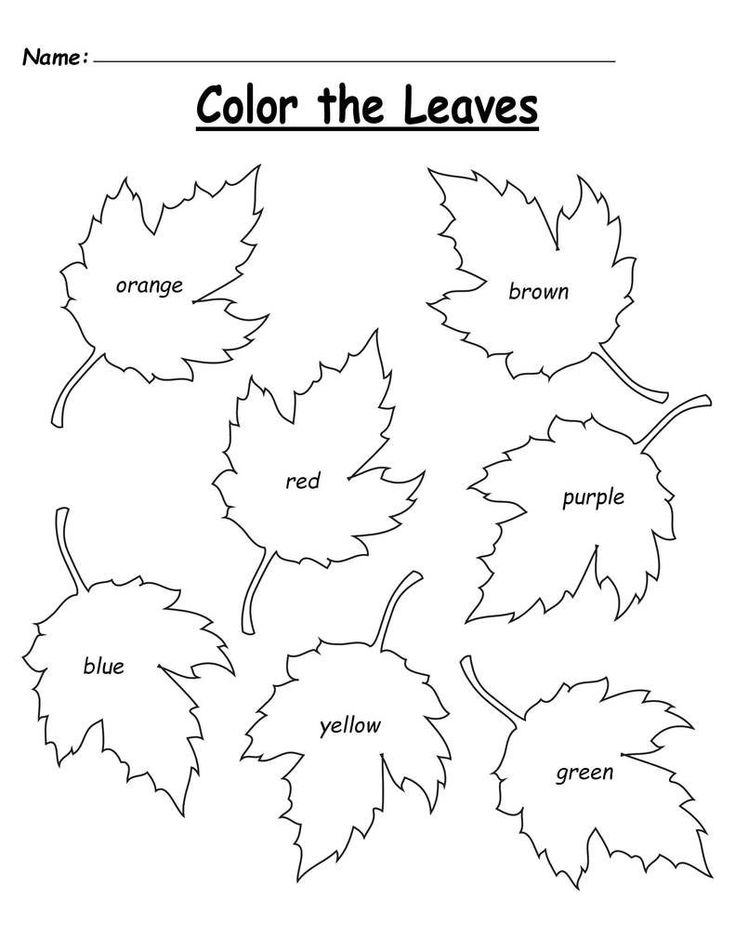 Such clothes will cheer you up. And when choosing pajamas, give preference to calm tones.
Such clothes will cheer you up. And when choosing pajamas, give preference to calm tones.
A room of energetic fidgets is best decorated in neutral colors. Shy and less active will help to liberate bright accents in the interior.
Now you are armed with knowledge, but do not forget to rely not only on theory, but also on the preferences of the baby. After all, the main thing is that the color is pleasant and pleasing to the eye.
The influence of color on a child from the point of view of psychology and medicine
Colors are one of the most unique and rich decorations of our life. Color perception is an important step in the development of the baby. The color scheme surrounding the child, whether it be the color of clothing, a children's room or a playground, has a significant impact not only on the development of speech and vision, but also on the child's psyche and body as a whole.
As a result of numerous studies, it was determined what effect a certain color has on a child.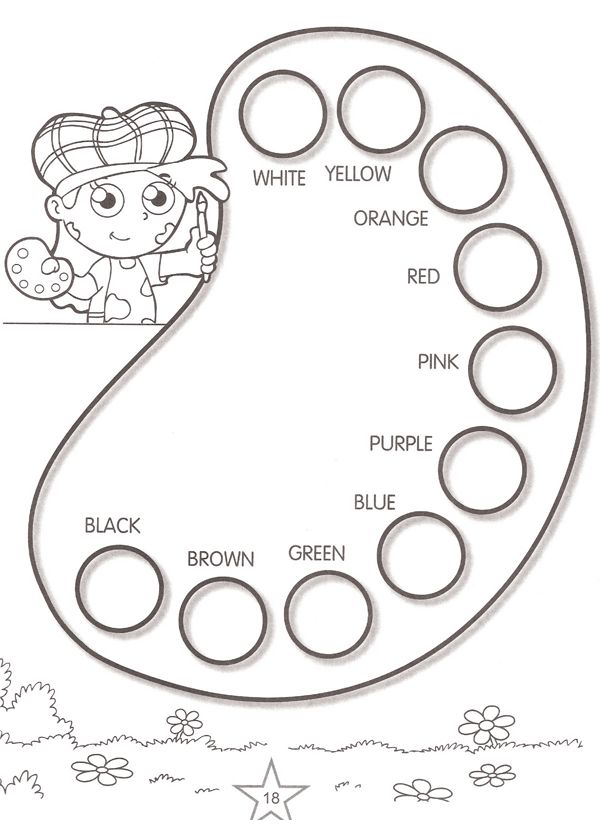 If you use this knowledge, you can choose colors depending on the purpose of any of the children's items, as well as use them correctly in the children's play space.
If you use this knowledge, you can choose colors depending on the purpose of any of the children's items, as well as use them correctly in the children's play space.
Red is a strong irritant for a child. Even in the calmest children, it can cause excessive activity. At the same time, it gives joy to both children and adults. Do not use it in the children's bedroom, so as not to prevent the child from sleeping peacefully. Especially, you should not use red for a hyperactive baby, so as not to increase nervousness and excite aggression.
Pink color, depending on the brightness of the shade (bright, reddish), encourages action. At the same time, the soft shade will soothe the baby.
Yellow is considered the color of harmony. It is able to cause joyful sensations in the child, and also stimulates children to concentrate. Especially, the yellow color has a beneficial effect on an excited, nervous child prone to tantrums. Also, yellow color increases appetite.
The green color has a significant impact on the development of the child. Encourages interest in learning and knowledge of the world around. Shades of green build self-confidence, instilling courage in the child. But do not get too carried away with green, especially if your child is phlegmatic. Otherwise, it will completely lose activity.
Encourages interest in learning and knowledge of the world around. Shades of green build self-confidence, instilling courage in the child. But do not get too carried away with green, especially if your child is phlegmatic. Otherwise, it will completely lose activity.
Blue can be called the color of purity and depth. Its shades, even in the most passive child, can arouse interest in something new, awaken the imagination. In color therapy, blue is used to combat stress. At the same time, in a sensitive baby, a rich blue color can cause an unconscious feeling of anxiety. If you are faced with the task of drawing the child's attention to something specific, then be sure to try to use at least a little blue.
Blue color is simply indispensable for stress. It is always lightness, freshness and weightlessness. Blue shades have a calming and relaxing effect on the child's body. From a medical point of view, it has been proven that the color blue can lower blood pressure. Blue shades help relieve tension, but you should not oversaturate the children's space with this color, so as not to cause a feeling of cold and alienation.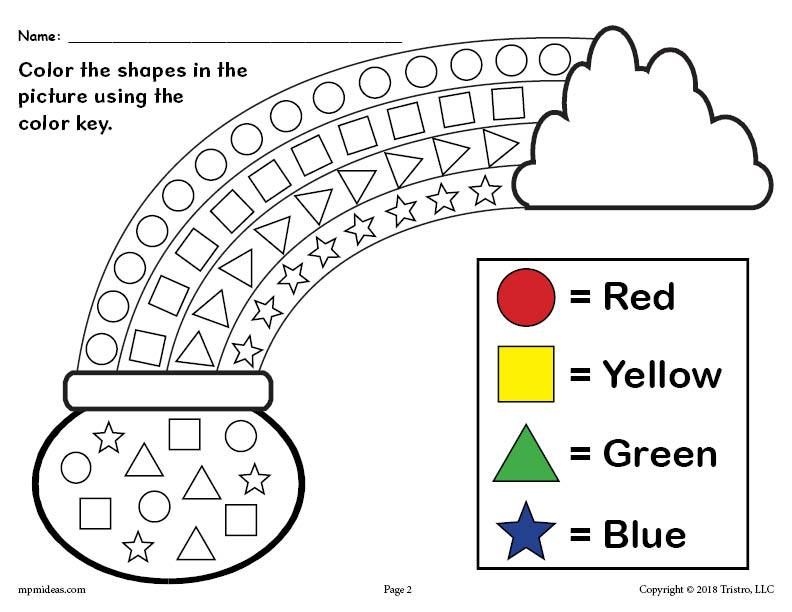
White color can create a favorable background for children's perception, as it is devoid of emotional aggressiveness. Therefore, using it in the interior helps the child to calm down and improve well-being. At the same time, white should be used with caution, as it can increase a child's sense of insecurity. Beige color in its psychological properties is similar to white. Gray color calms and reduces activity.
Black is not the color of childhood. Often it is interpreted as the absence of color. A large amount of black can be oppressive and cause fear in a child.
Brown color symbolizes confidence and calmness, but it is not able to evoke strong emotions. In large quantities, it weighs down.
Orange, like red, is the color of an impulse aimed at interacting with the outside world. Surrounded by orange, the child is better able to tolerate being alone. Its use increases activity and sociability, which is often necessary for lethargic and inactive children. Orange is a great mood booster.
Orange is a great mood booster.
Violet color symbolizes spiritual perfection, purity, abundance and enlightenment. It evokes in children a sense of peace and inner harmony.
Understanding the impact each color has on the child, you can not only beautifully, but also usefully decorate the children's space. Using color, you can create a more comfortable play area, a playground, a room for classes and recreation. There should be a lot of all the colors in a child's life. The main thing is to maintain a reasonable balance.
Red color promotes the activation of blood circulation, normalization of metabolism, and also stimulates brain activity. In the winter season, when we are all prone to colds, color therapy recommends seeking help from red, which helps to slow down and stop the inflammatory process. Muscles are also able to respond to red. It promotes relaxation of muscles and joints.
Orange. In color therapy, orange is used for any disorders of the gastrointestinal tract, kidneys and bladder.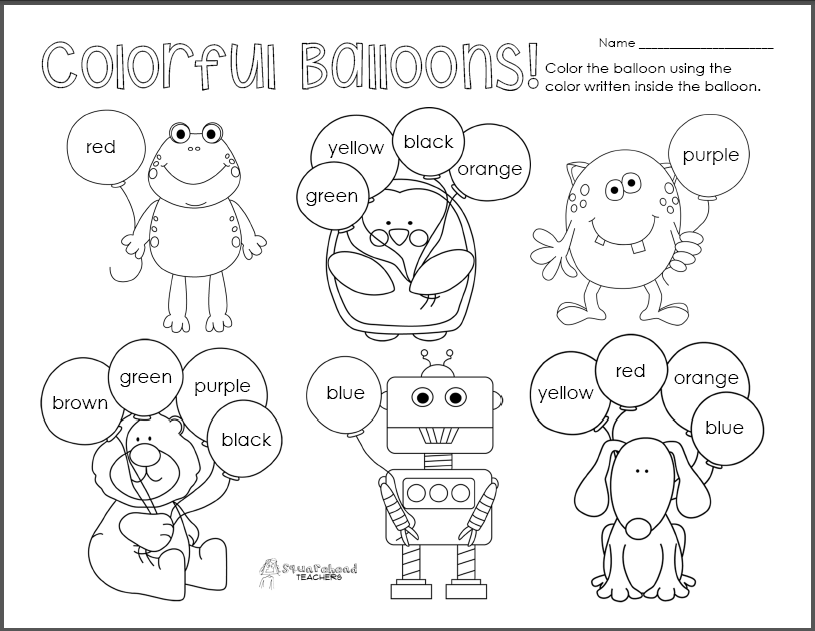 If a person suffers from a pulmonary, cardiac or endocrine disease, doctors recommend getting orange curtains. It will have a more than positive effect on the body. The orange color is credited with the ability to balance the hormonal state of the body and cleanse any system of the body from mucus.
If a person suffers from a pulmonary, cardiac or endocrine disease, doctors recommend getting orange curtains. It will have a more than positive effect on the body. The orange color is credited with the ability to balance the hormonal state of the body and cleanse any system of the body from mucus.
Yellow. The area of influence of yellow color on our body is the entire digestive tract. Its most beneficial effect is in violation of the liver. With careful use, diseases of the skin and the central nervous system are cured. In color therapy, yellow is called the color - "orderly". It cleanses the body of toxins, controls weight, as it stimulates the secretion of gastric juice necessary for digestion.
Green directly appeals to nature, therefore, apparently, it stimulates well all restorative processes: fusion of fractures, growth of new tissues of all kinds. This is a more versatile color than red or yellow, so it works equally well in both the heart and kidney areas.